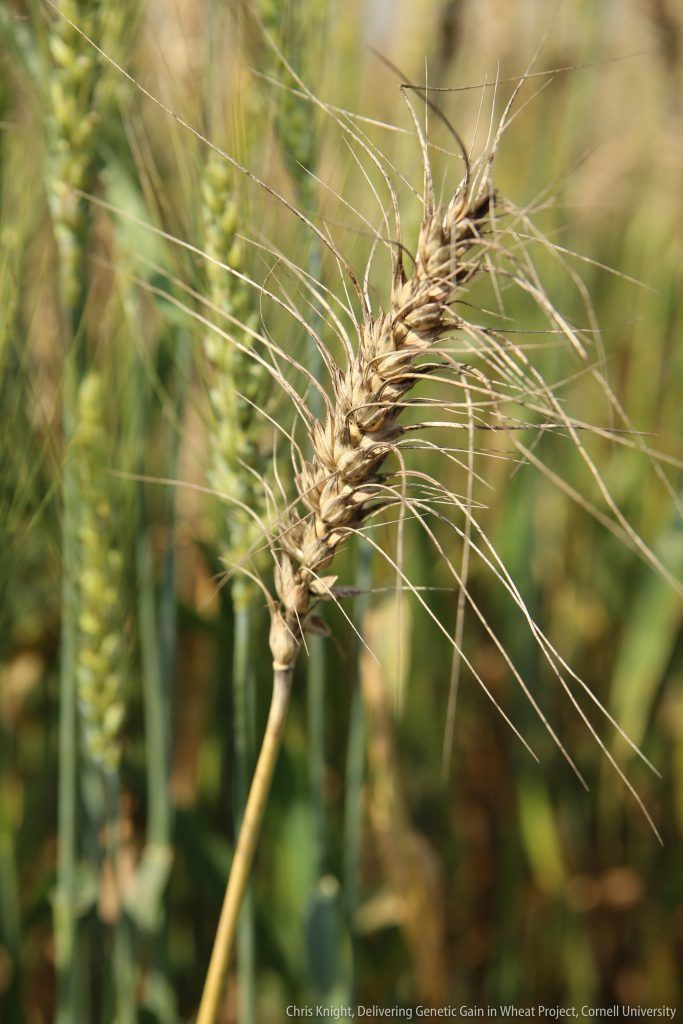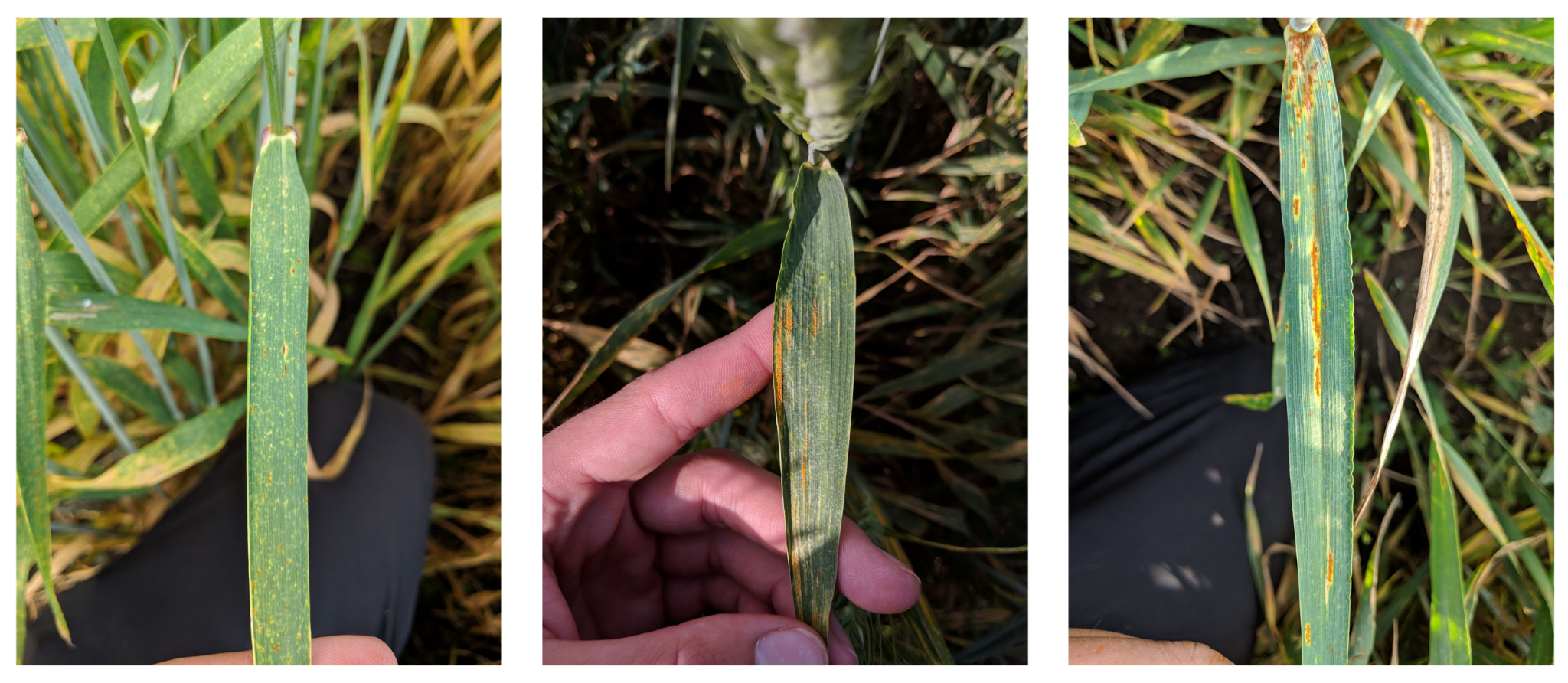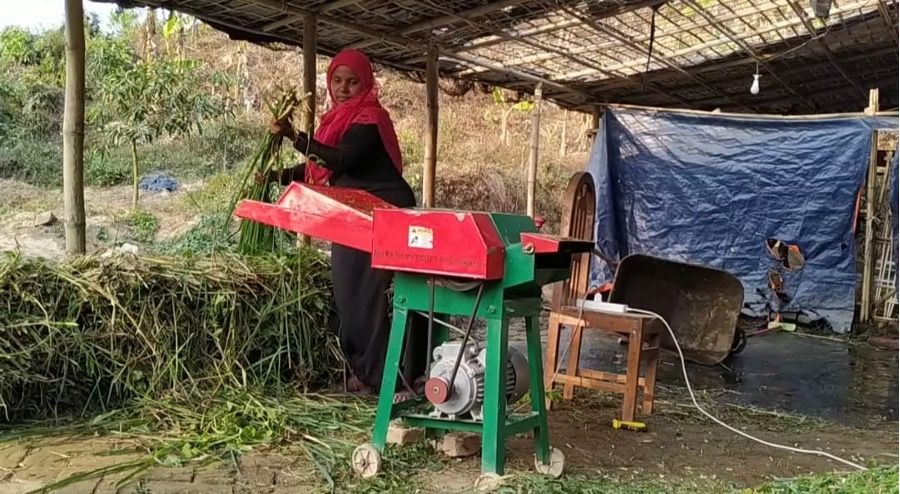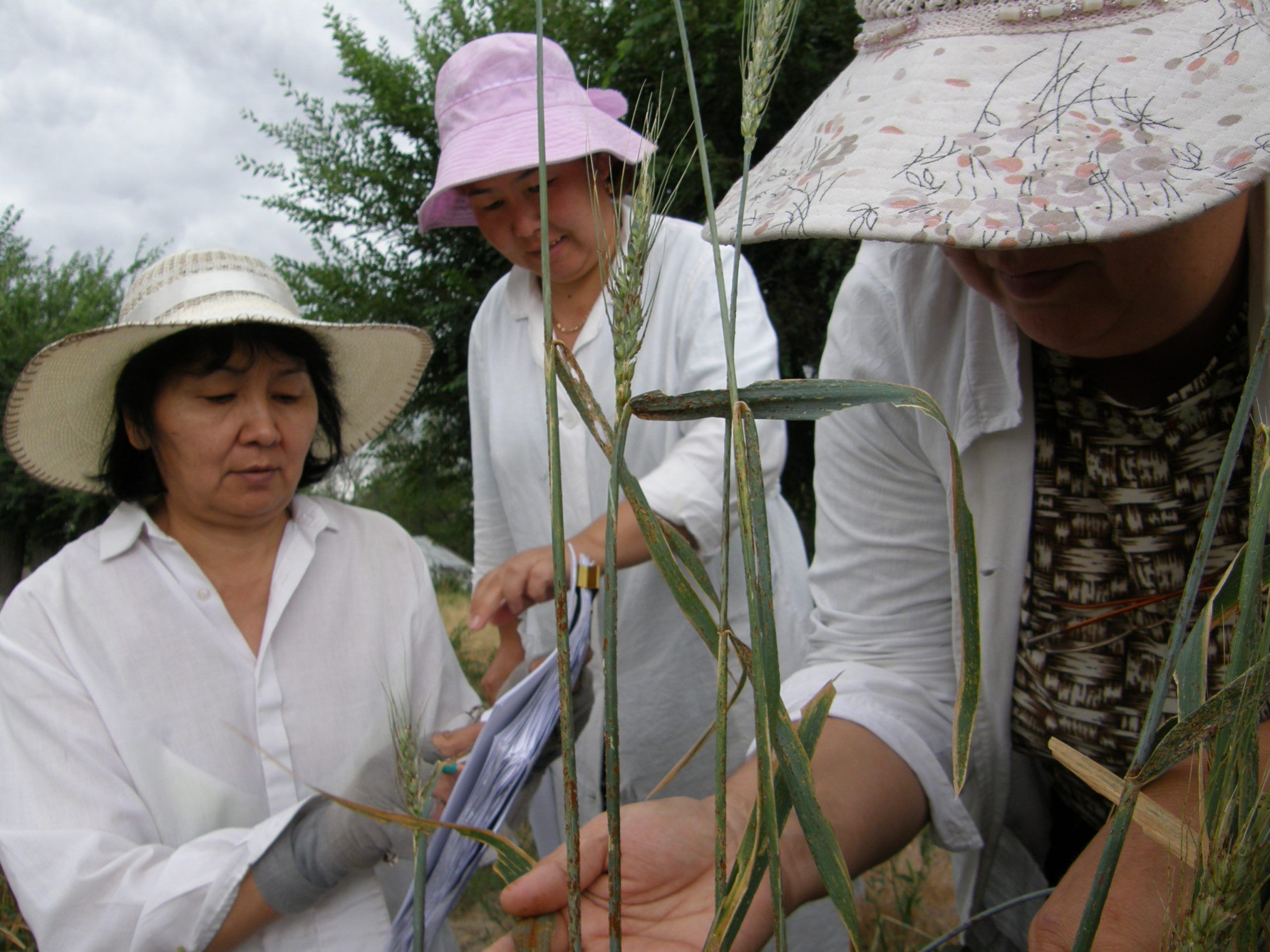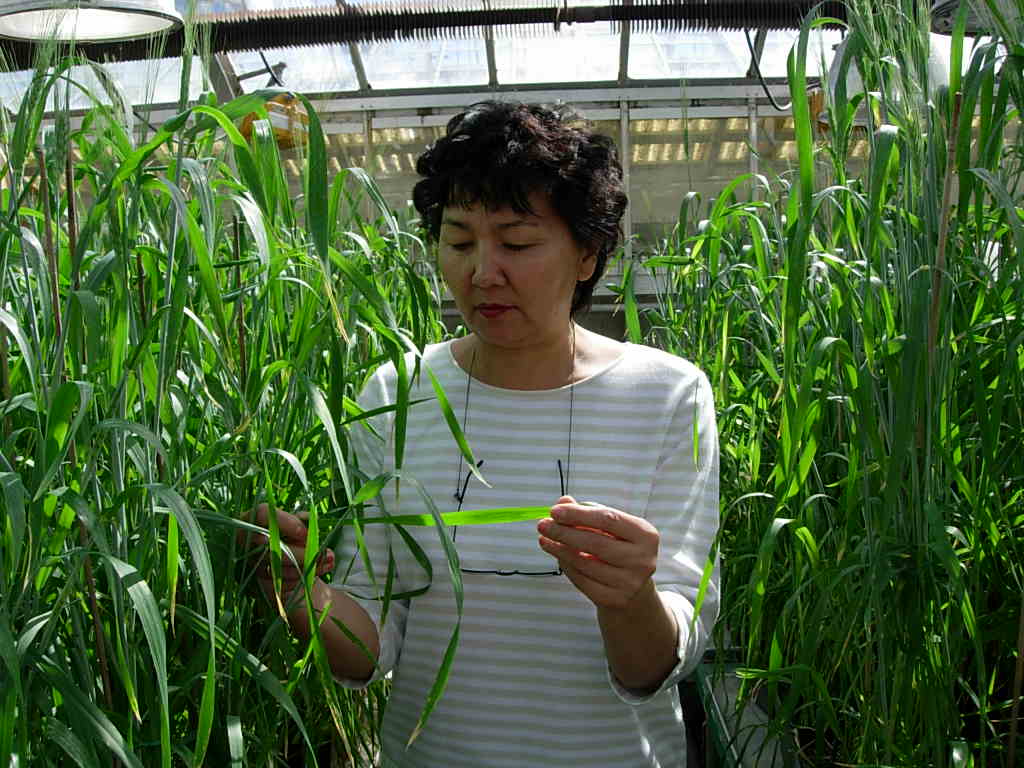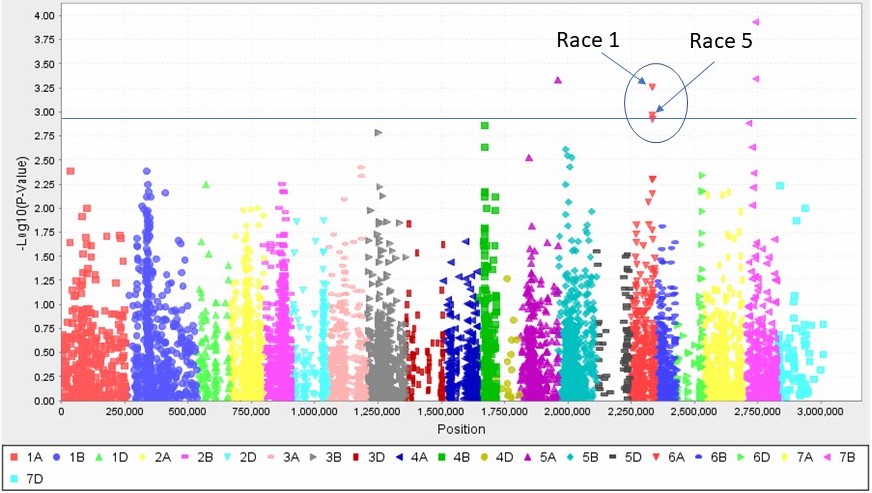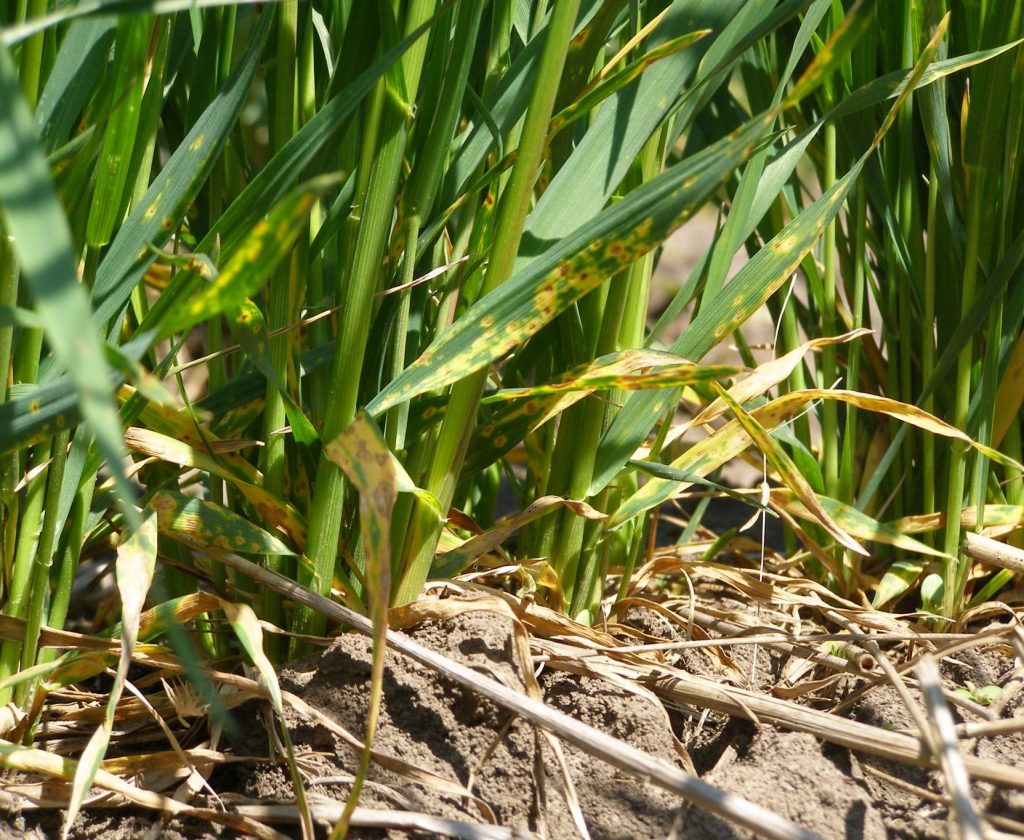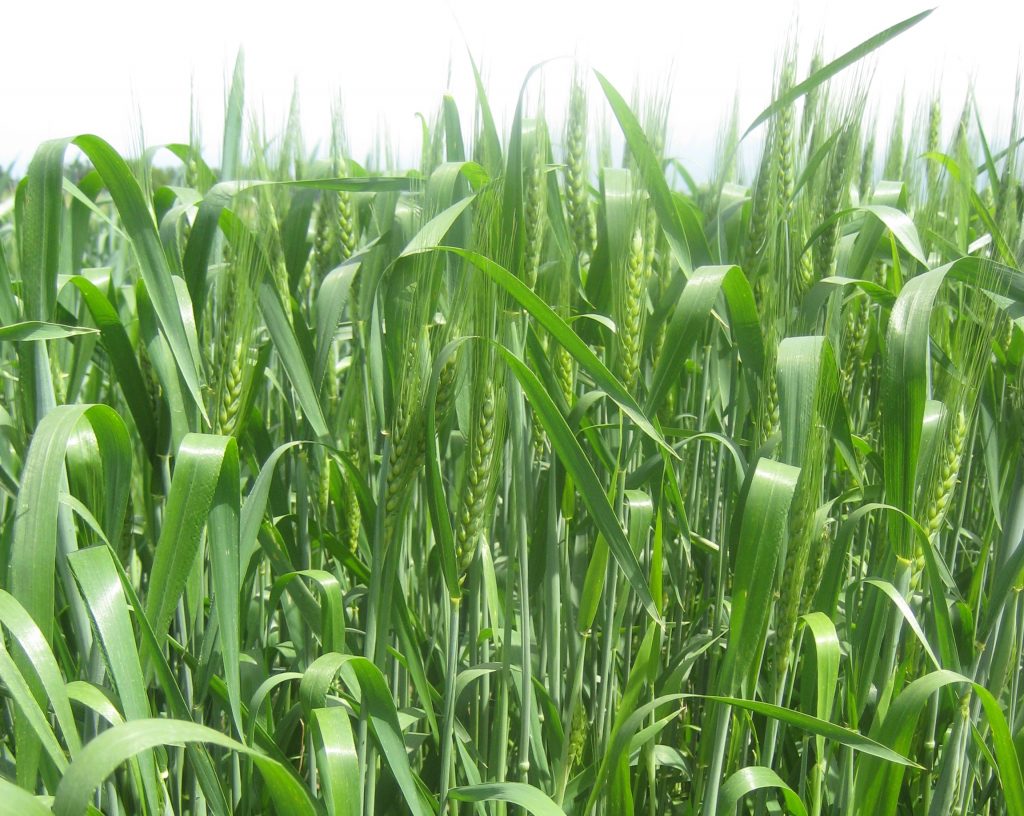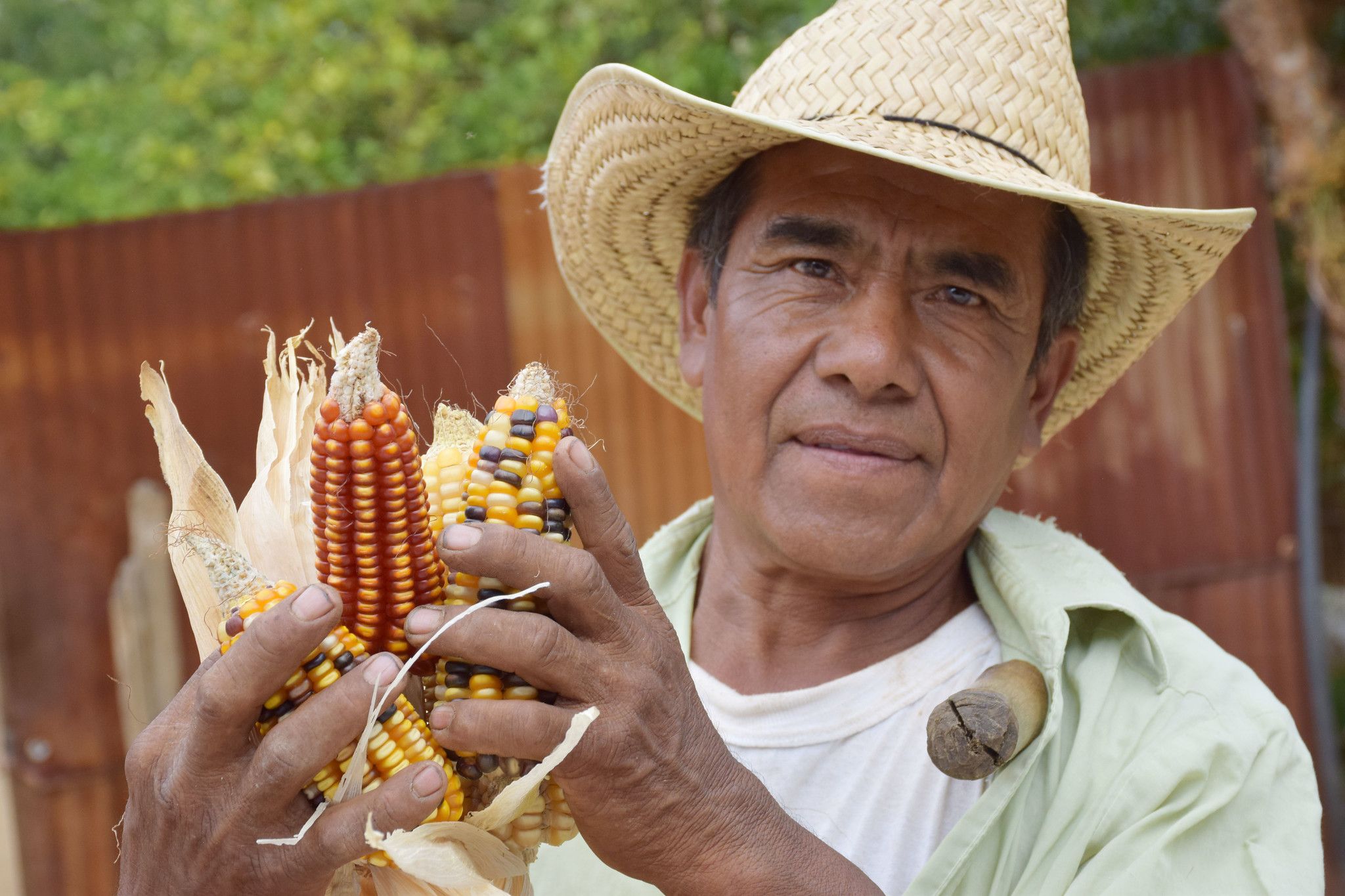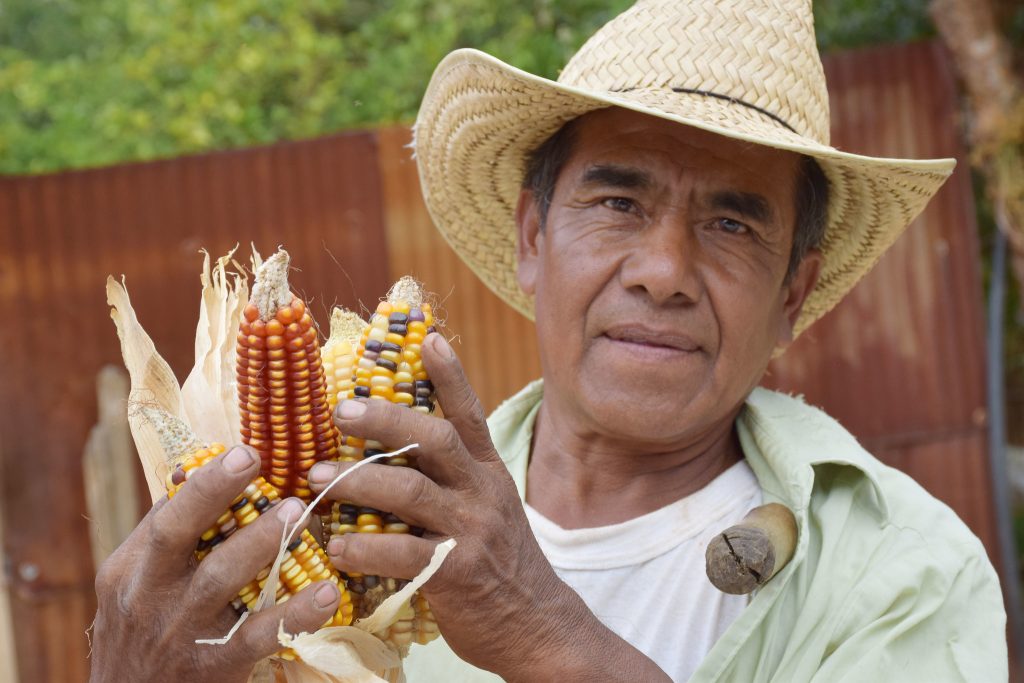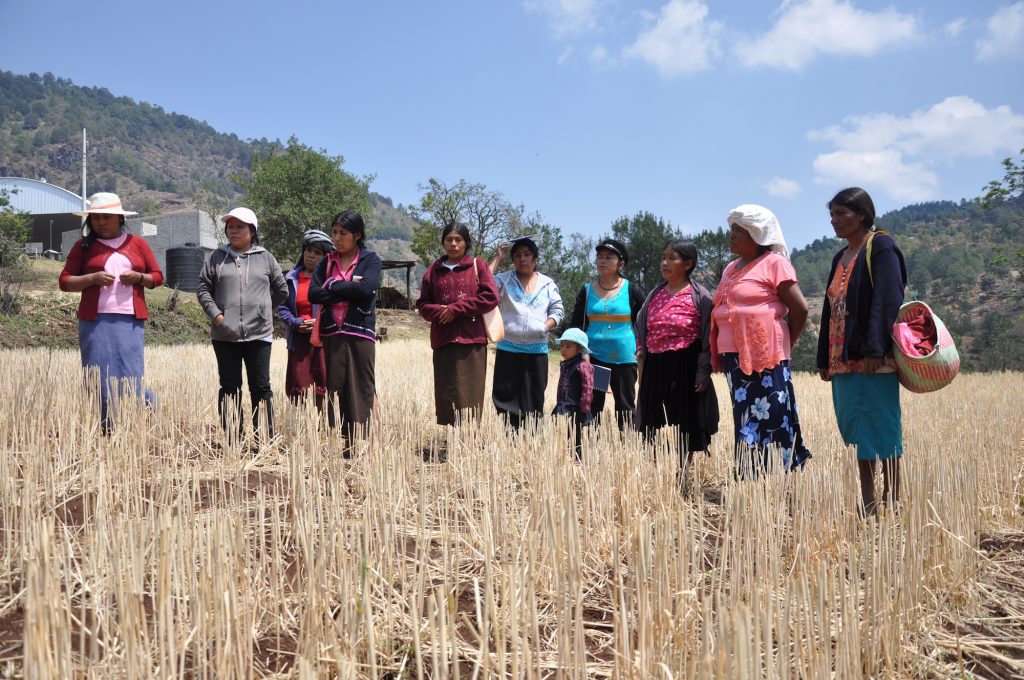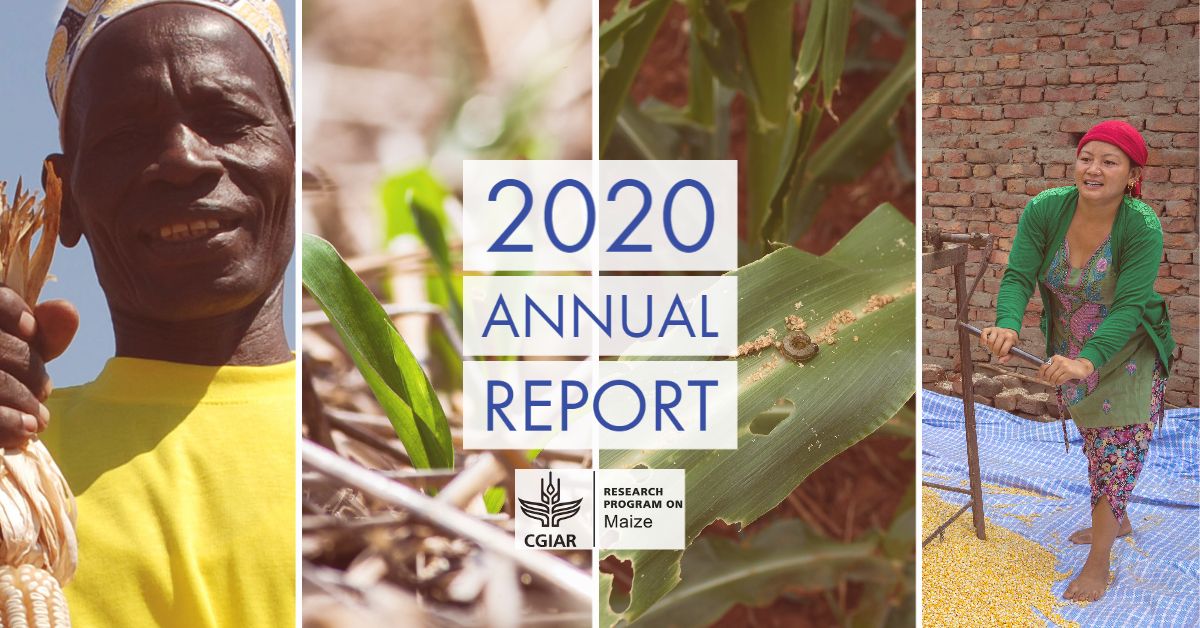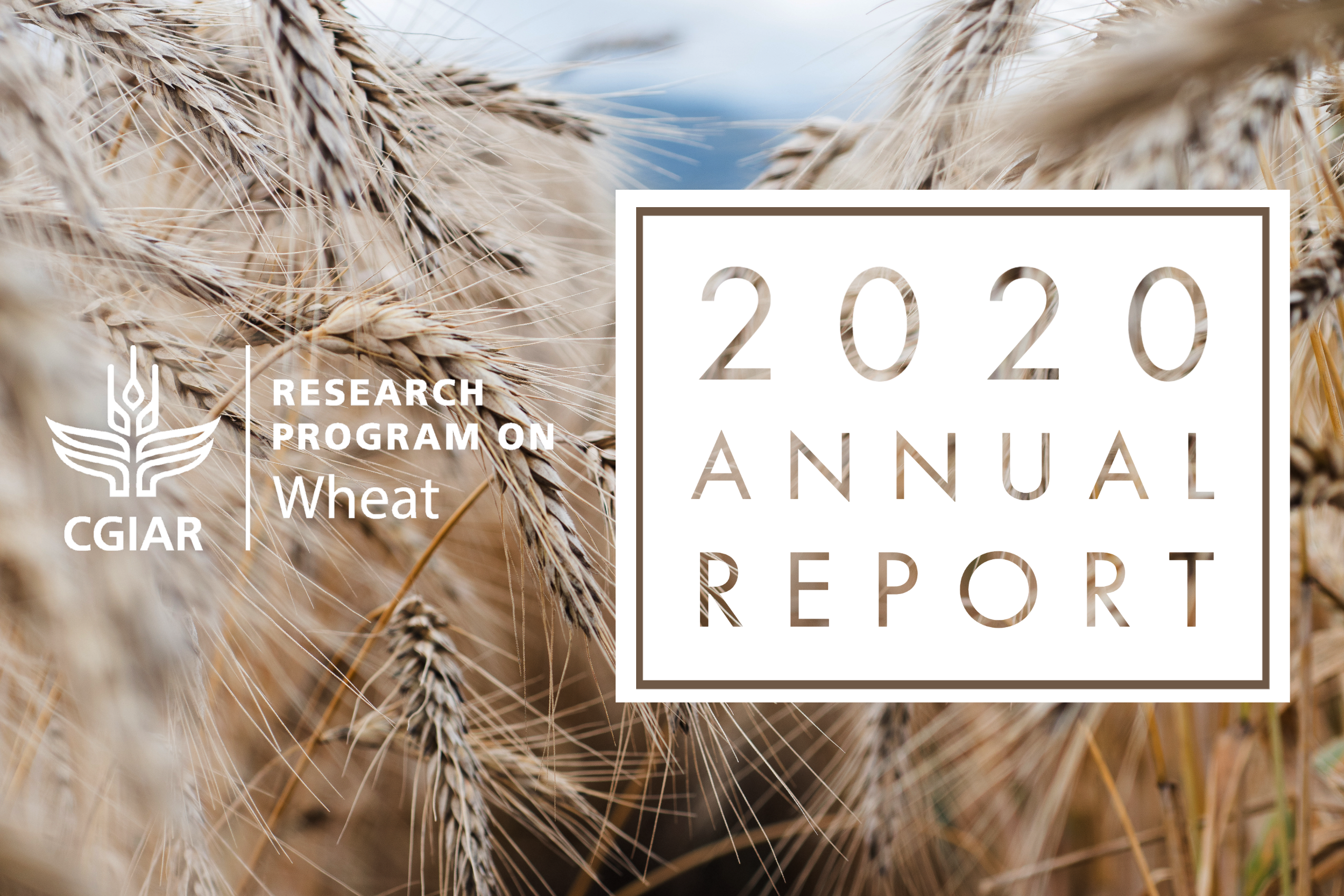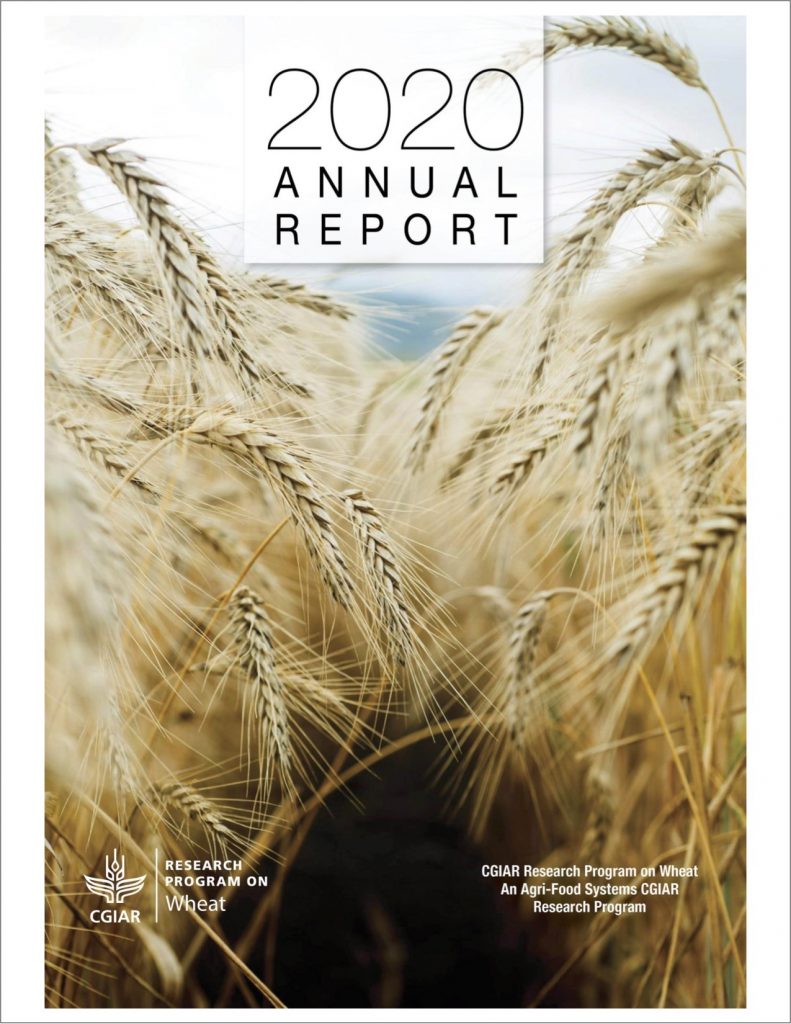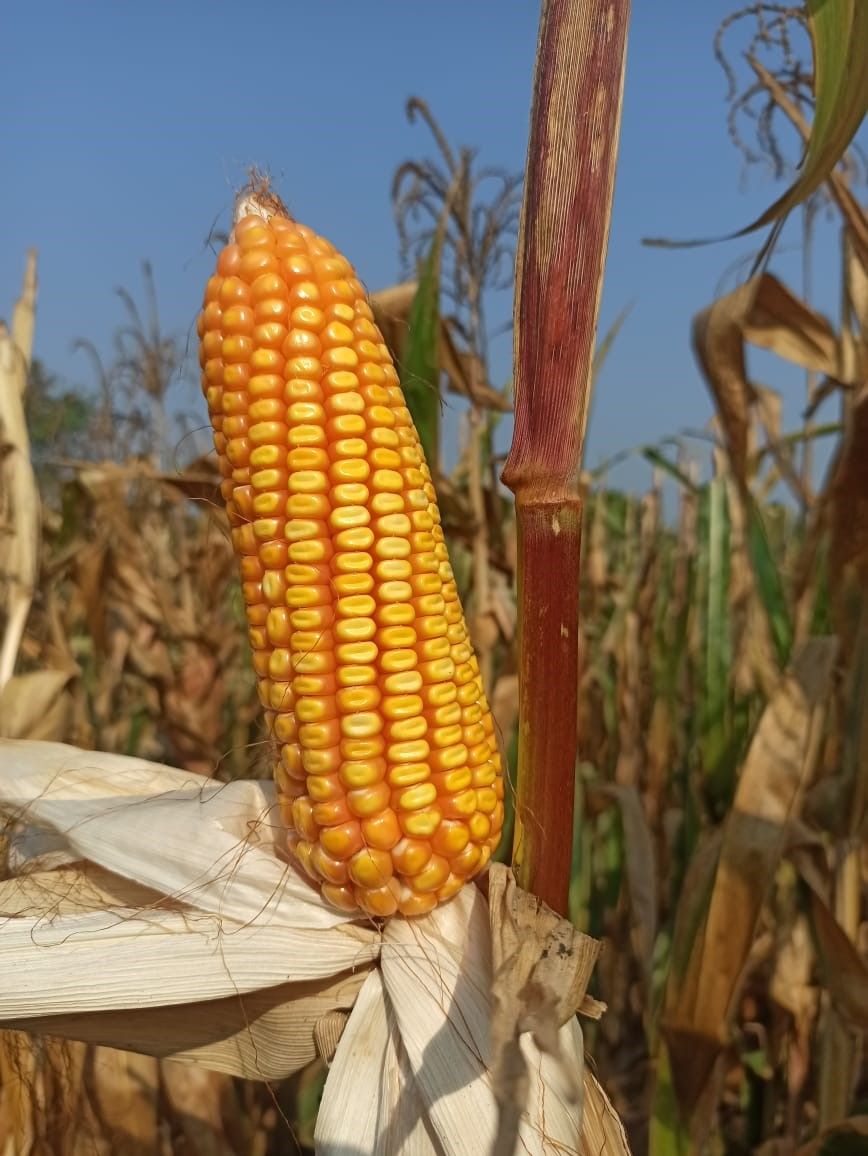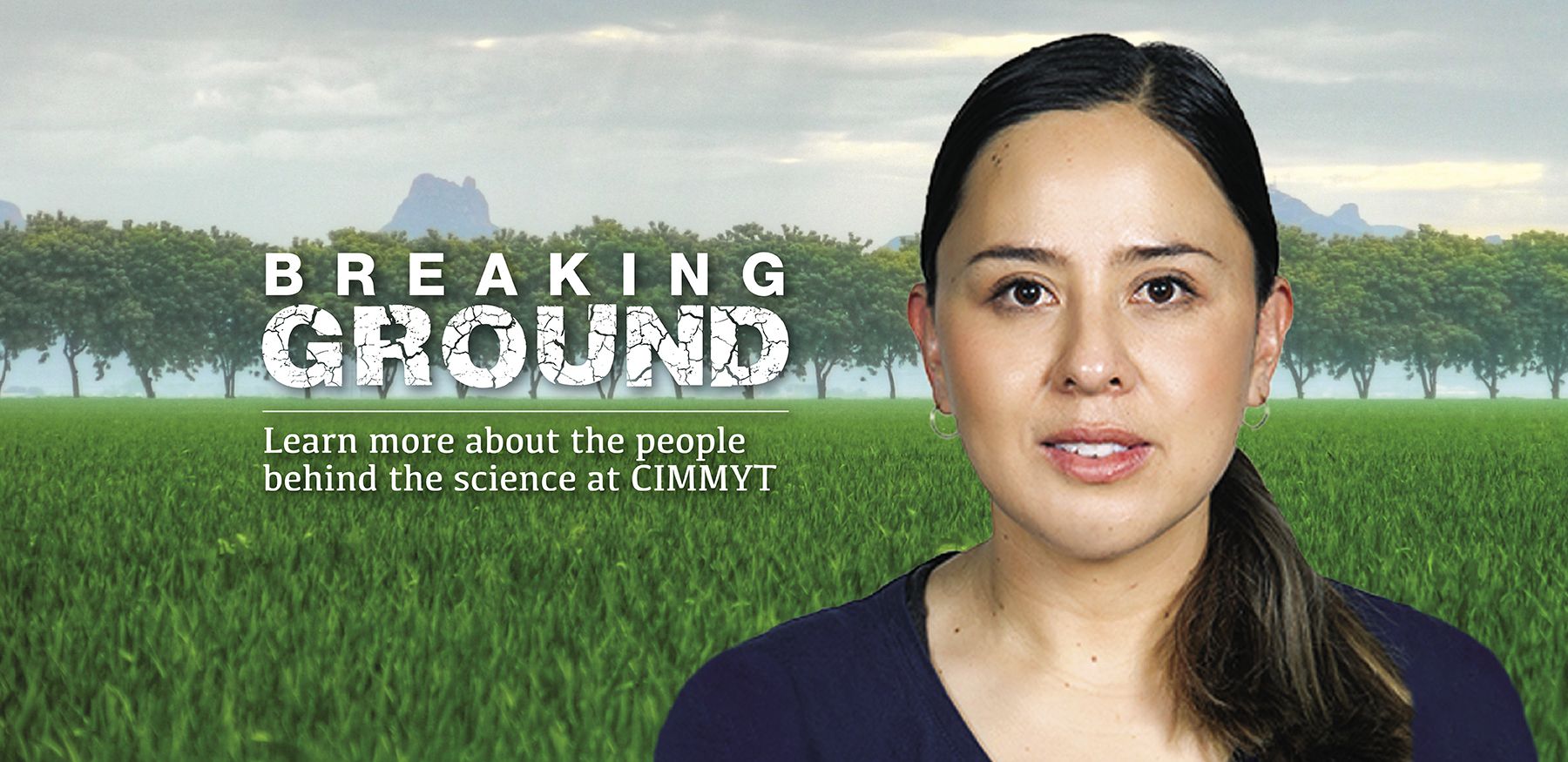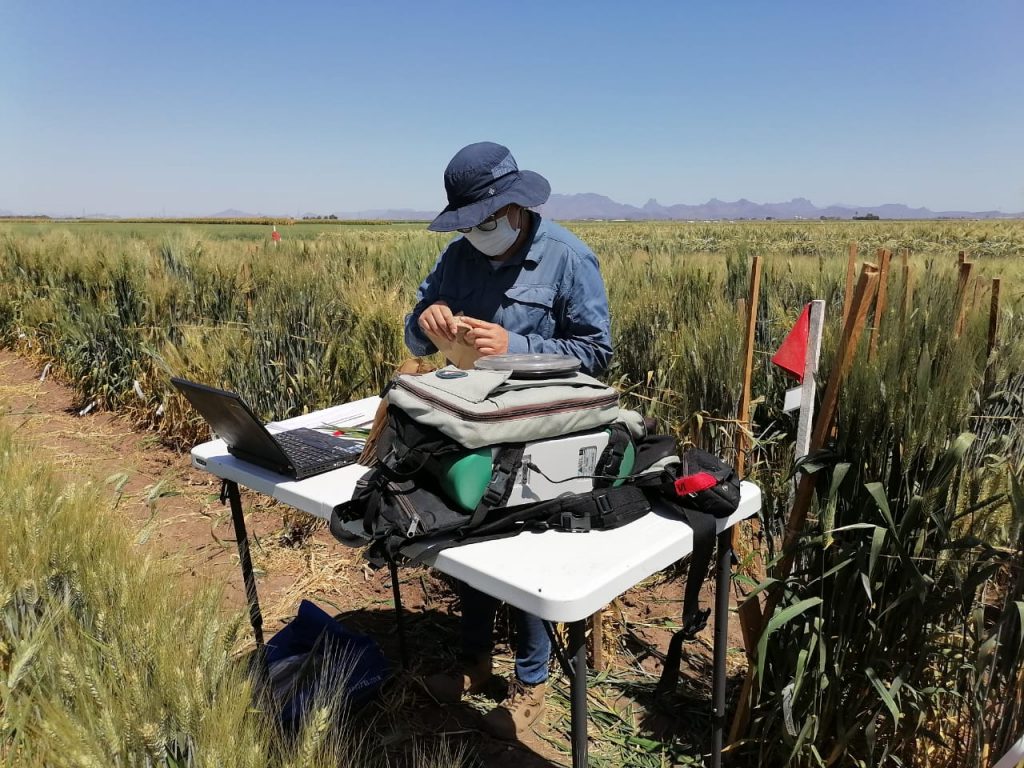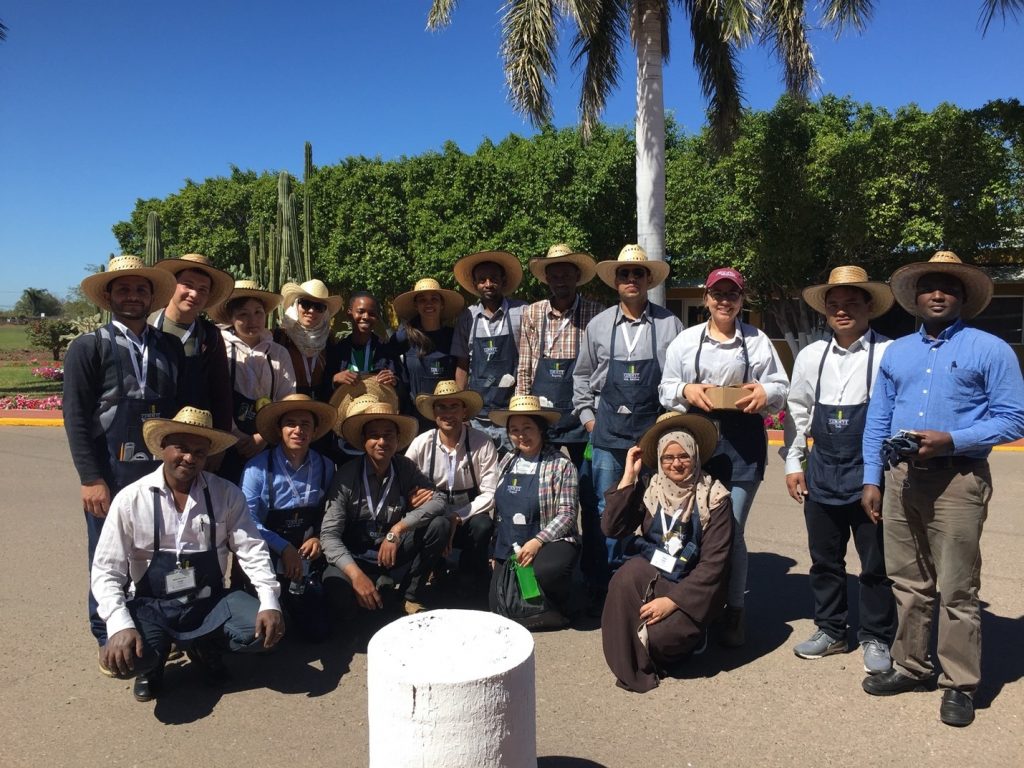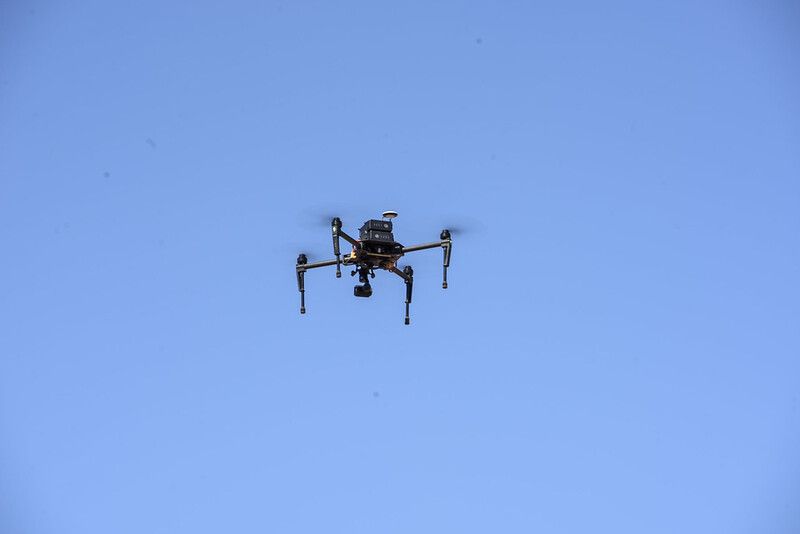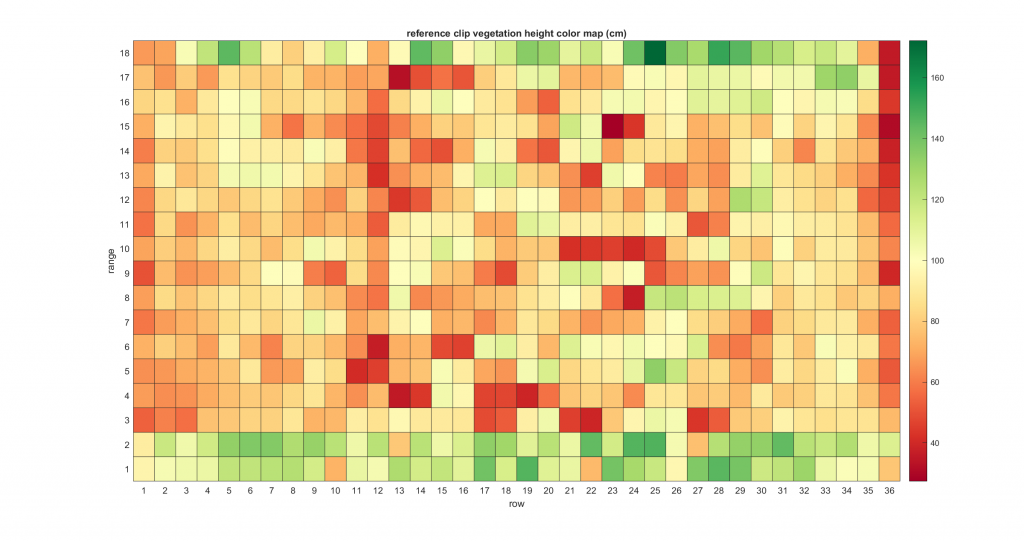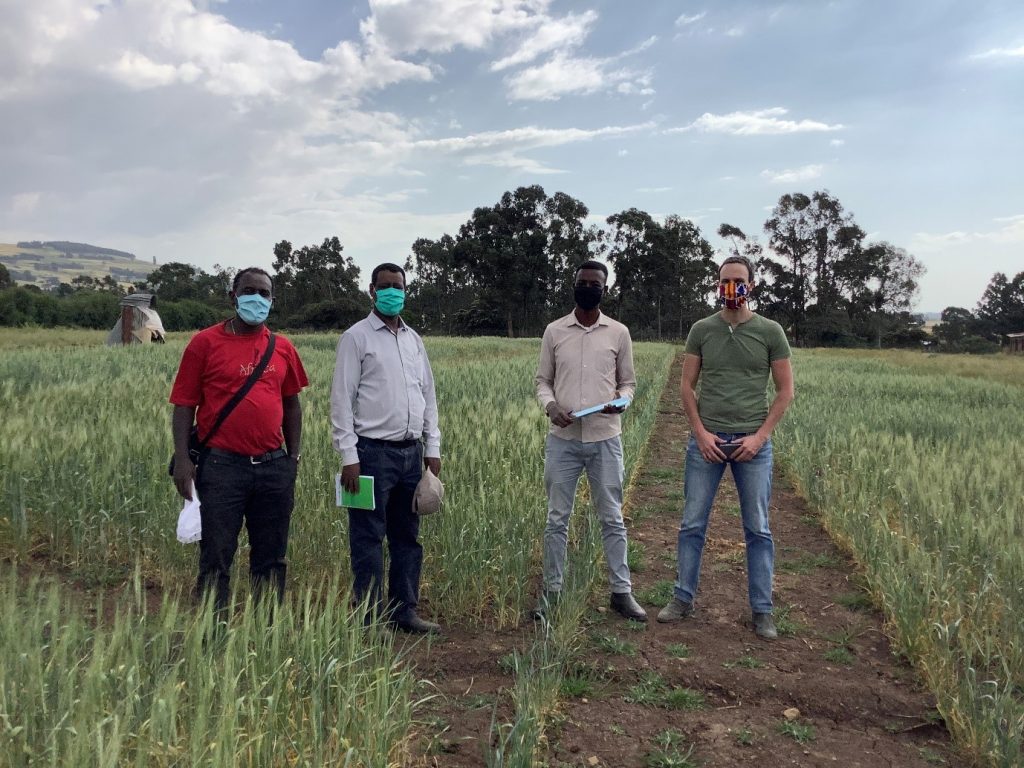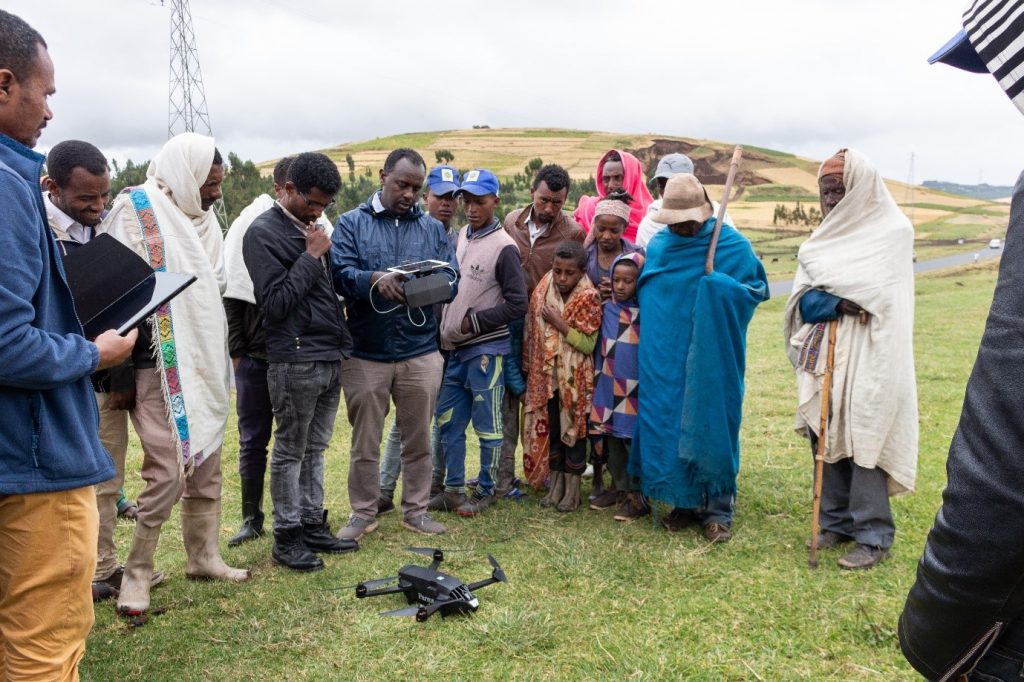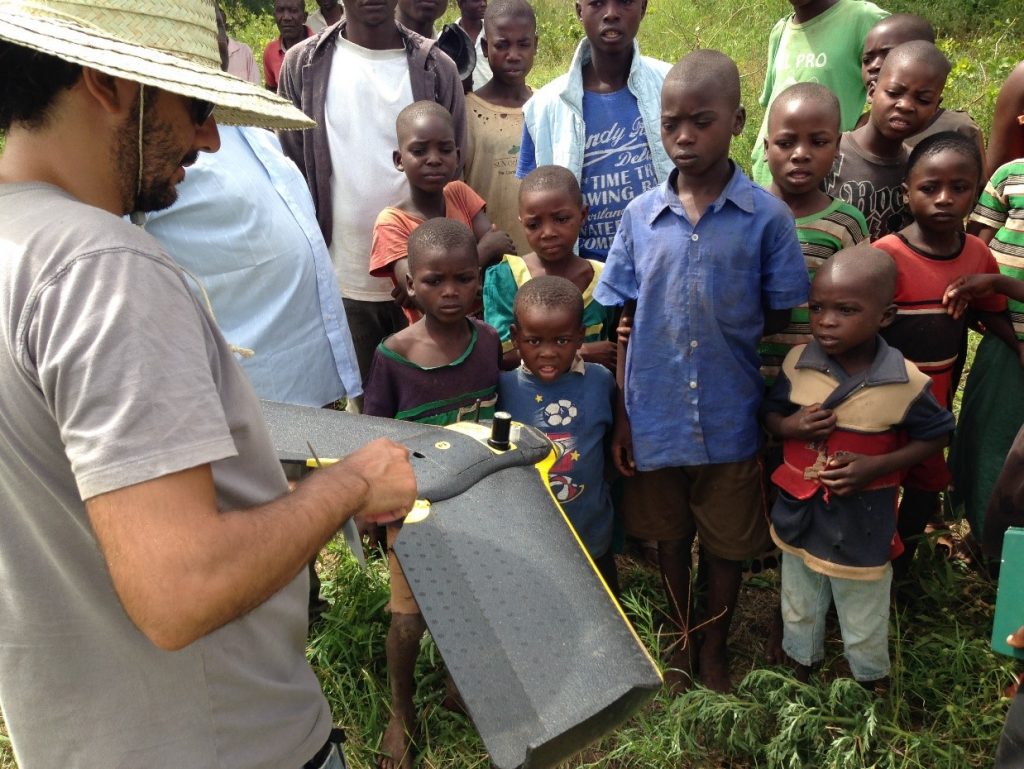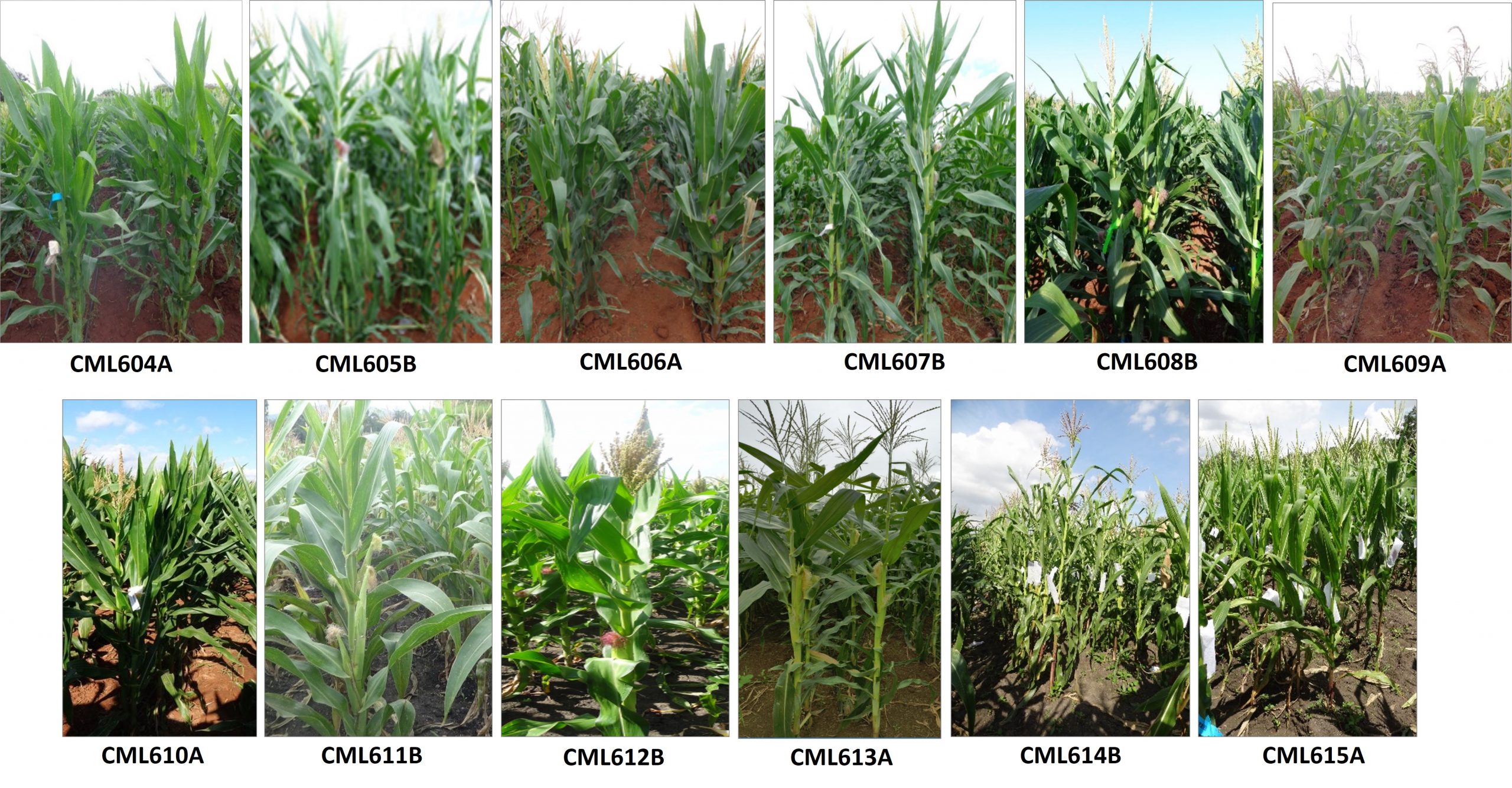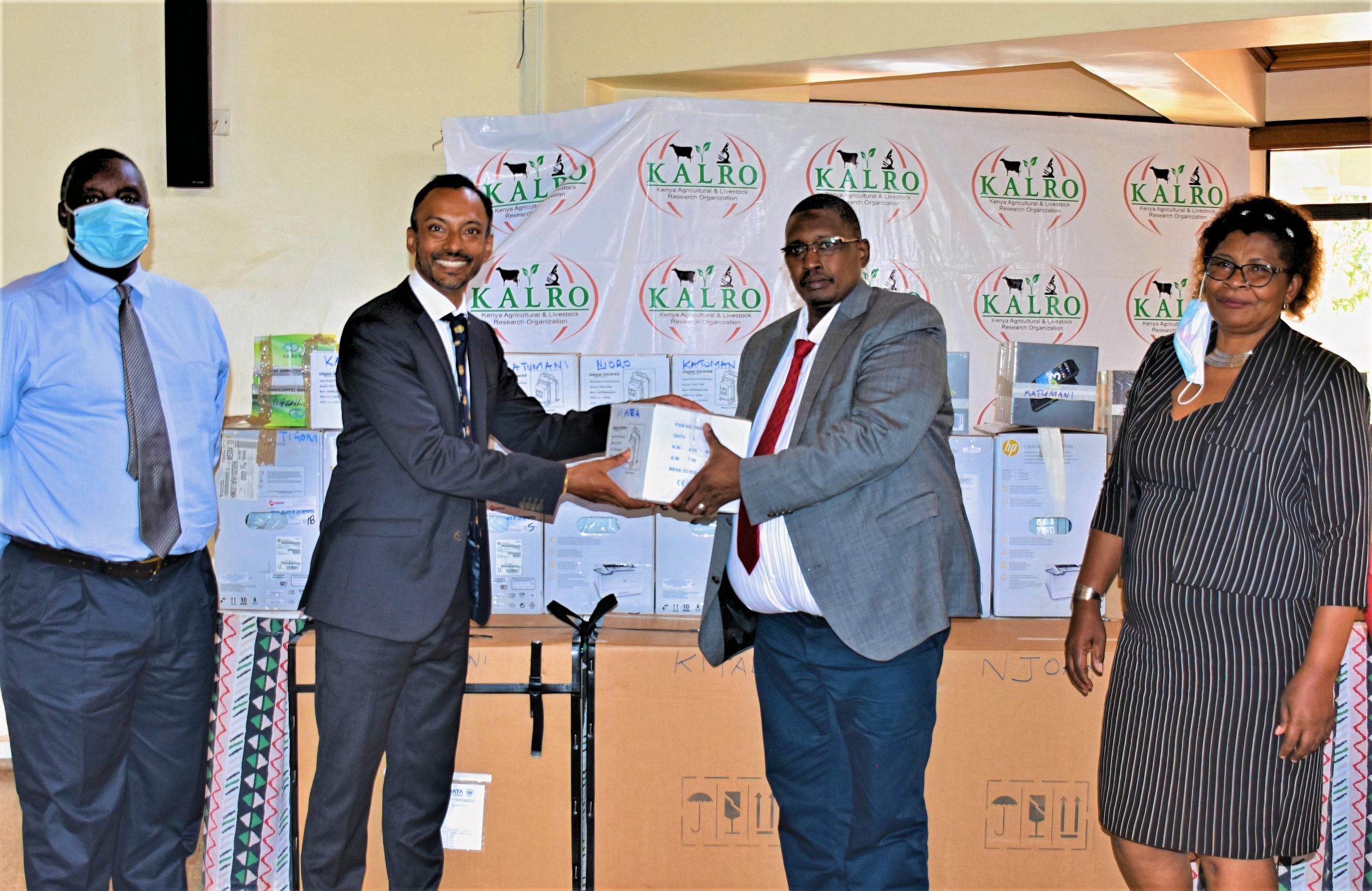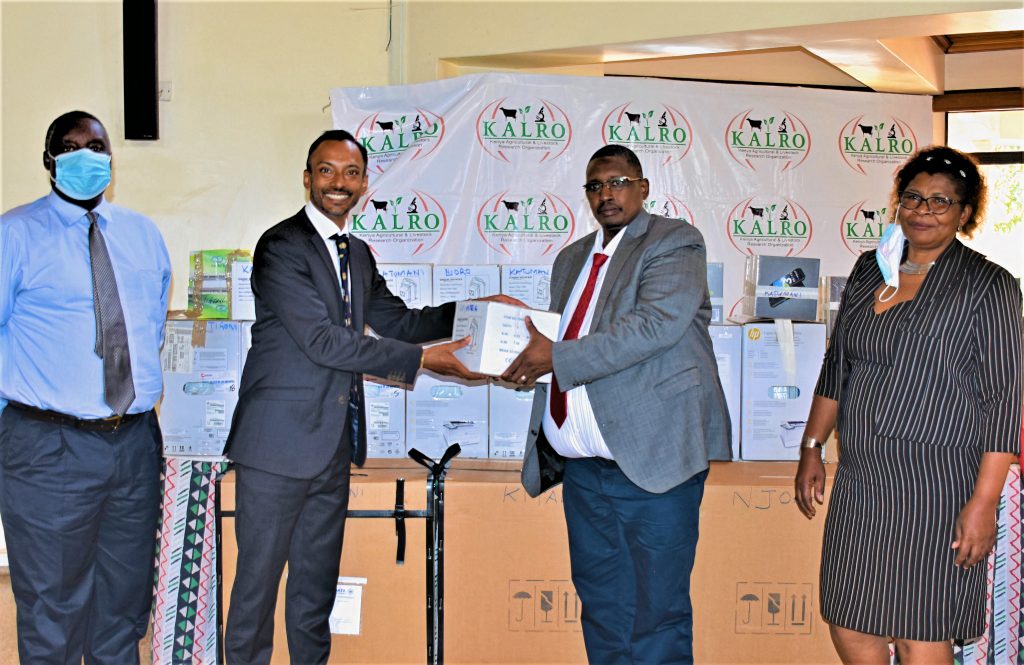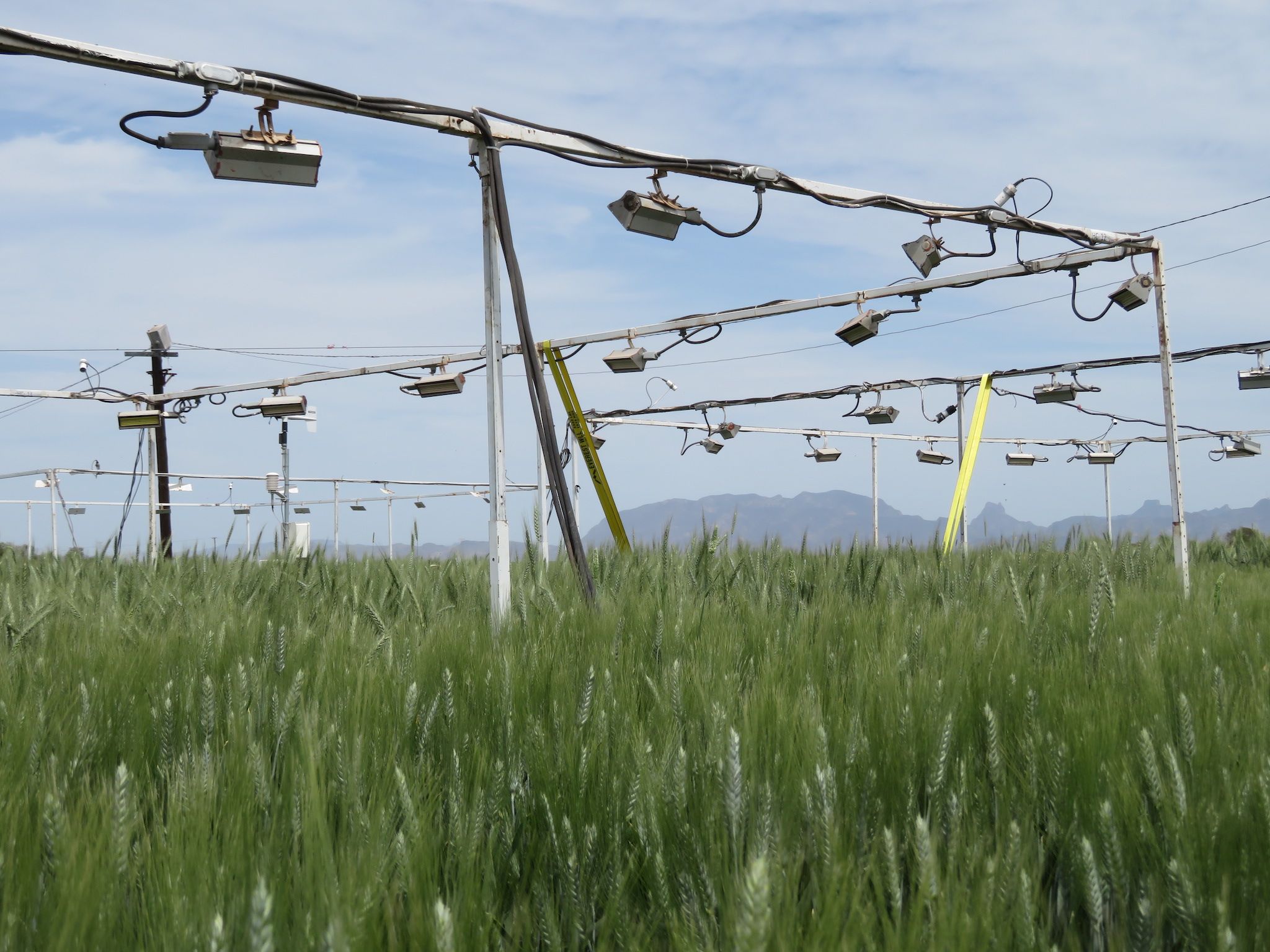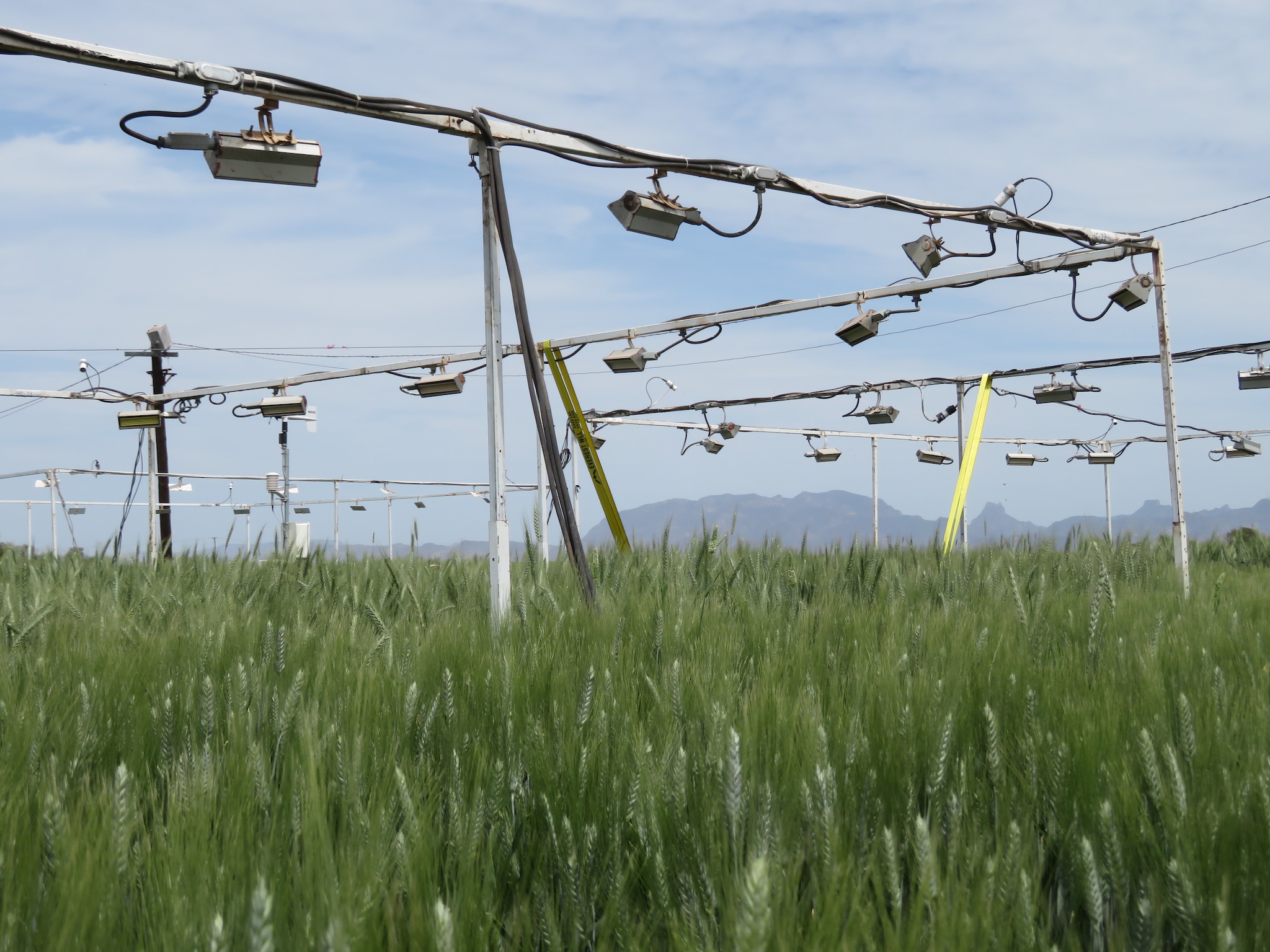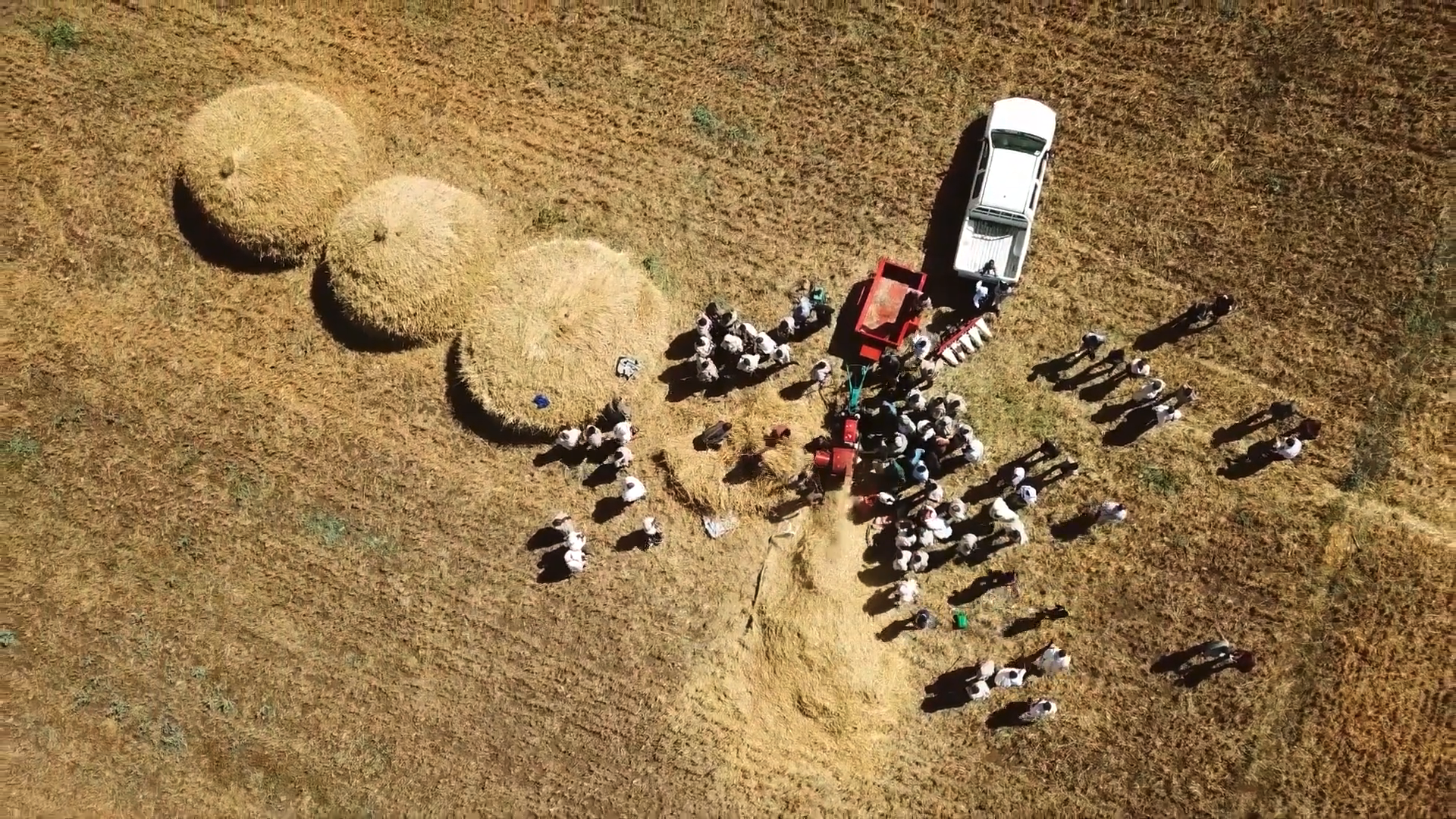Preventing and protecting against wheat blast

Every year, the spores of the wheat blast fungus lie in wait on farms in South America, Bangladesh, and beyond. In most years, the pathogen has only a small impact on the countries’ wheat crops. But the disease spreads quickly, and when the conditions are right there’s a risk of a large outbreak — which can pose a serious threat to the food security and livelihood of farmers in a specific year.
To minimize this risk, an international partnership of researchers and organizations have created the wheat blast Early Warning System (EWS), a digital platform that notifies farmers and officials when weather conditions are ideal for the fungus to spread. The team, which began its work in Bangladesh, is now introducing the technology to Brazil — the country where wheat blast was originally discovered in 1985.
The International Maize and Wheat Improvement Center (CIMMYT), the Brazilian Agricultural Research Corporation (EMBRAPA), Brazil’s University of Passo Fundo (UPF) and others developed the tool with support from USAID under the Cereal Systems Initiative for South Asia (CSISA) project.
Although first developed with the help of Brazilian scientists for Bangladesh, the EWS has now come full circle and is endorsed and being used by agriculture workers in Brazil. The team hopes that the system will give farmers time to take preventative measures against the disease.
Outbreaks can massively reduce crop yields, if no preventative actions are taken.
“It can be very severe. It can cause a lot of damage,” says Maurício Fernandes, a plant epidemiologist with EMBRAPA.
Striking first
In order to expand into a full outbreak, wheat blast requires specific temperature and humidity conditions. So, Fernandes and his team developed a digital platform that runs weather data through an algorithm to determine the times and places in which outbreaks are likely to occur.
If the system sees a region is going to grow hot and humid enough for the fungus to thrive, it sends an automated message to the agriculture workers in the area. These messages — texts or emails — alert them to take preemptive measures against the disease.
More than 6,000 extension agents in Bangladesh have already signed up for disease early warnings.
In Brazil, Fernandes and his peers are connecting with farmer cooperatives. These groups, which count a majority of Brazilian farmers as members, can send weather data to help inform the EWS, and can spread alerts through their websites or in-house applications.
Wheat blast can attack a plant quickly, shriveling and deforming the grain in less than a week from the first symptoms. Advance warnings are essential to mitigate losses. The alerts sent out will recommend that farmers apply fungicide, which only works when applied before infection.
“If the pathogen has already affected the plant, the fungicides will have no effect,” Fernandes says.
A blast from the past
Because wheat had not previously been exposed to Magnaporthe oryzae, most wheat cultivars at the time had no natural resistance to Magnaporthe oryzae, according to Fernandes. Some newer varieties are moderately resistant to the disease, but the availability of sufficient seed for farmers remains limited.
The pathogen can spread through leftover infected seeds and crop residue. But its spores can also travel vast distances through the air.
If the fungus spreads and infects enough plants, it can wreak havoc over large areas. In the 1990s — shortly after its discovery — wheat blast impacted around three million hectares of wheat in South America. Back in 2016, the disease appeared in Bangladesh and South Asia for the first time, and the resulting outbreak covered around 15,000 hectares of land. CGIAR estimates that the disease has the potential to reduce the region’s wheat production by 85 million tons.
In Brazil, wheat blast outbreaks can have a marked impact on the country’s agricultural output. During a major outbreak in 2009, the disease affected as many as three million hectares of crops in South America. As such, the EWS is an invaluable tool to support food security and farmer livelihoods. Fernandes notes that affected regions can go multiple years between large outbreaks, but the threat remains.
“People forget about the disease, then you have an outbreak again,” he says.
Essential partnerships
The EWS has its roots in Brazil. In 2017 Fernandes and his peers published a piece of research proposing the model. After that, Tim Krupnik, a senior scientist and country representative with CIMMYT in Bangladesh, along with a group of researchers and organizations, launched a pilot project in Bangladesh.
There, agriculture extension officers received an automated email or text message when weather conditions were ideal for wheat blast to thrive and spread. The team used this proof of concept to bring it back to Brazil.
According to Krupnik, the Brazil platform is something of a “homecoming” for this work. He also notes that cooperation between the researchers, organizations and agriculture workers in Brazil and Bangladesh was instrumental in creating the system.
“From this, we’re able to have a partnership that I think will have a significant outcome in Brazil, from a relatively small investment in research supplied in Bangladesh. That shows you the power of partnerships and how solutions can be found to pressing agricultural problems through collaborative science, across continents,” he says.
Read more: Towards an early warning system for wheat blast: epidemiological basis and model development
